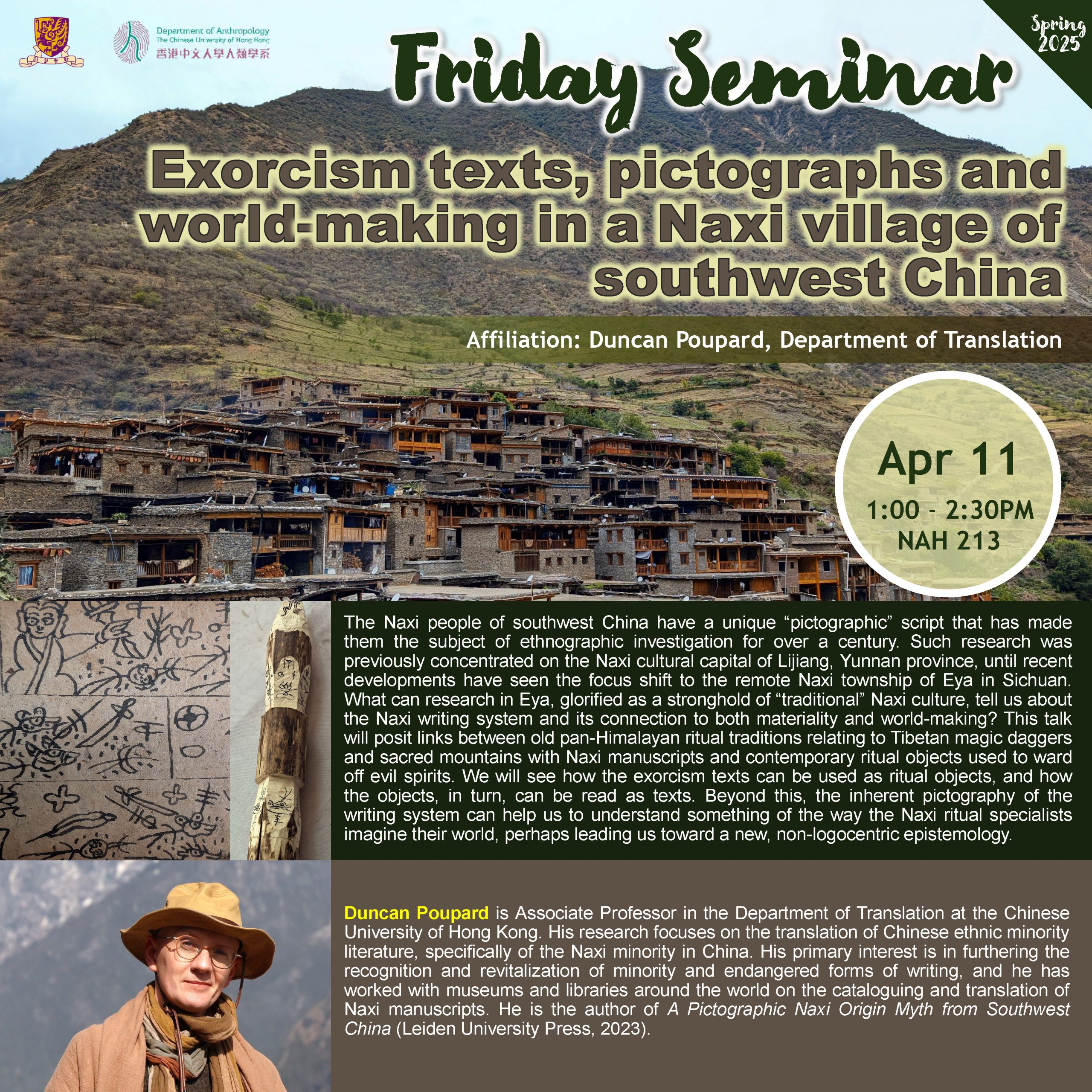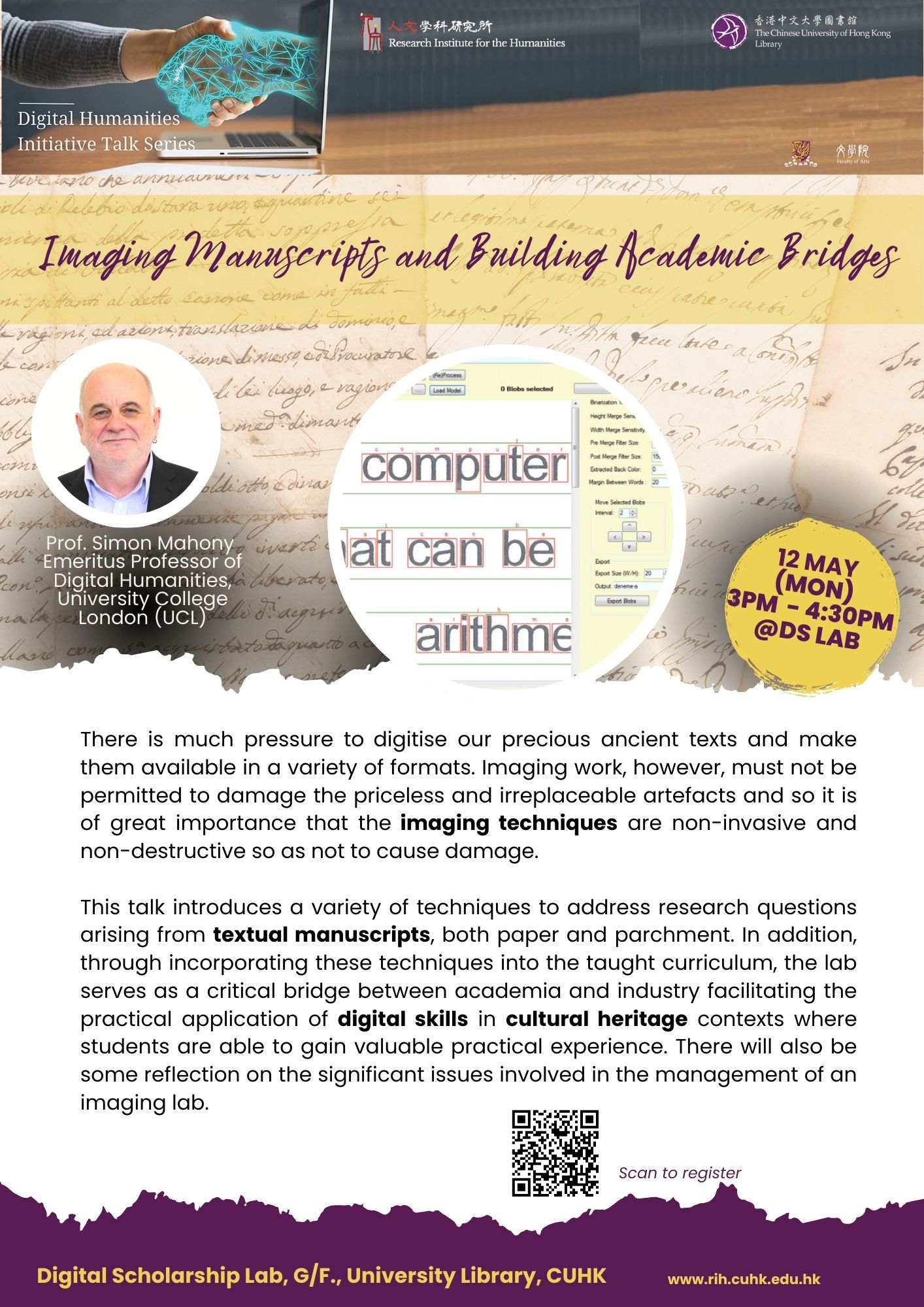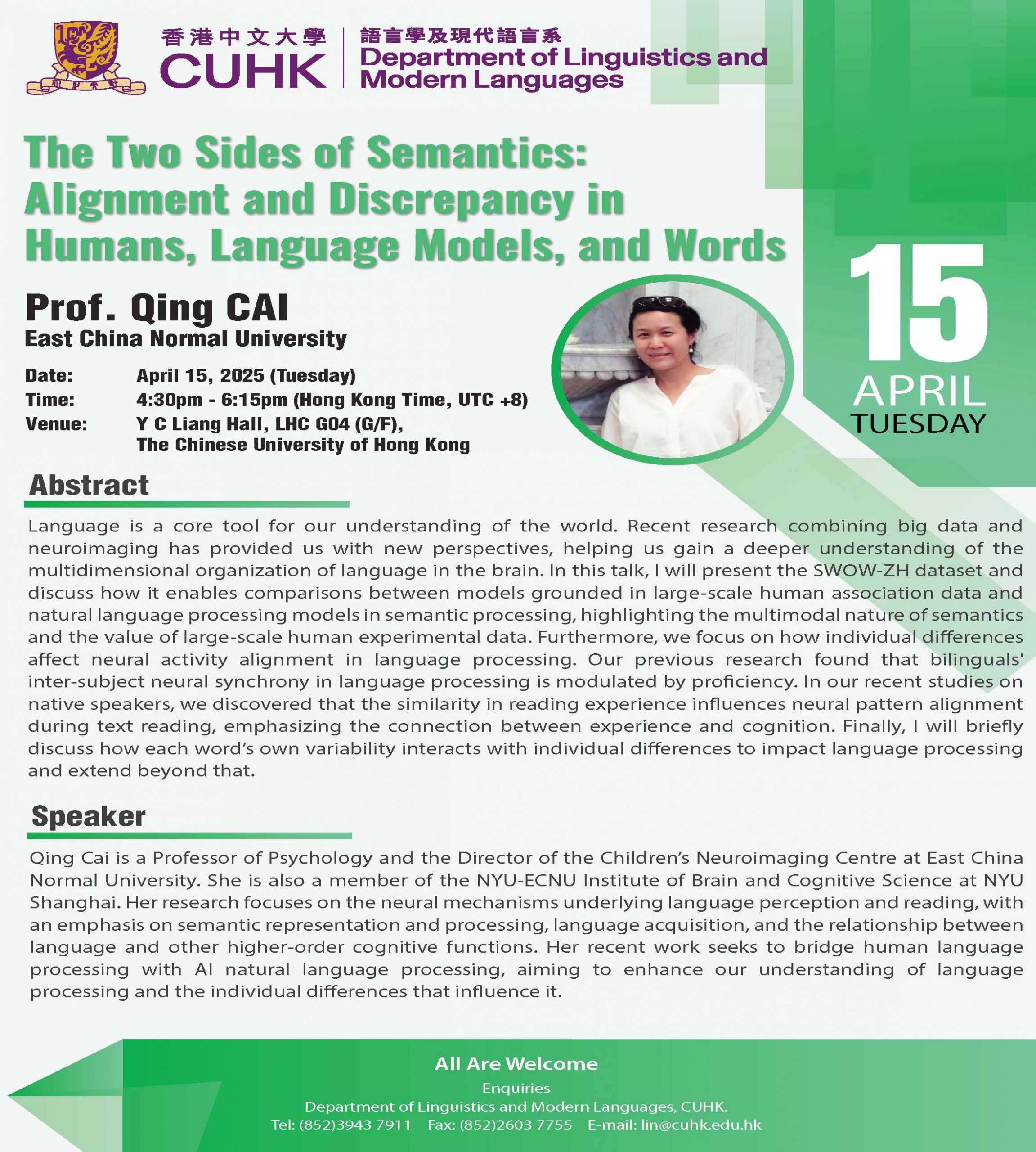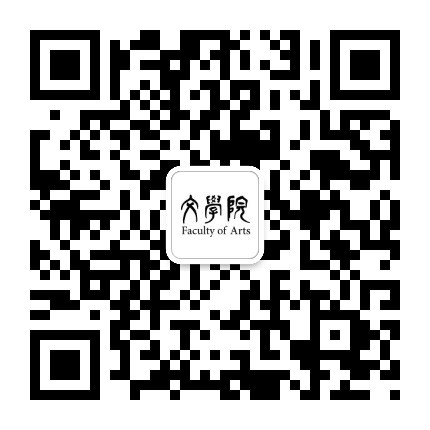
The Naxi people of southwest China have a unique “pictographic” script that has made them the subject of ethnographic investigation for over a century. Such research was previously concentrated on the Naxi cultural capital of Lijiang, Yunnan province, until recent developments have seen the focus shift to the remote Naxi township of Eya in Sichuan. What can research in Eya, glorified as a stronghold of “traditional” Naxi culture, tell us about the Naxi writing system and its connection to both materiality and world-making? This talk will posit links between old pan-Himalayan ritual traditions relating to Tibetan magic daggers and sacred mountains with Naxi manuscripts and contemporary ritual objects used to ward off evil spirits. We will see how the exorcism texts can be used as ritual objects, and how the objects, in turn, can be read as texts. Beyond this, the inherent pictography of the writing system can help us to understand something of the way the Naxi ritual specialists imagine their world, perhaps leading us toward a new, non-logocentric epistemology.
Speaker
Duncan Poupard
Department of Translation, The Chinese University of Hong Kong
Duncan Poupard is Associate Professor in the Department of Translation at the Chinese University of Hong Kong. His research focuses on the translation of Chinese ethnic minority literature, specifically of the Naxi minority in China. His primary interest is in furthering the recognition and revitalization of minority and endangered forms of writing, and he has worked with museums and libraries around the world on the cataloguing and translation of Naxi manuscripts. He is the author of A Pictographic Naxi Origin Myth from Southwest China (Leiden University Press, 2023).
Enquiry: anthropology@cuhk.edu.hk





